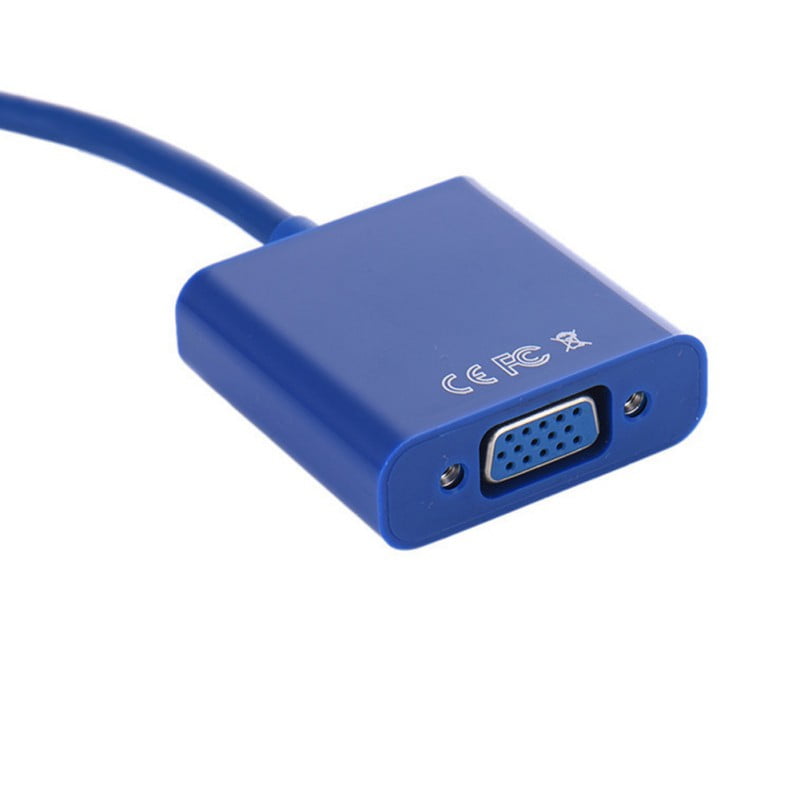

Iomega Parallel Port/USB Drives Driver v4.0.3 Windows 98 was collected from Iomega official site for Iomega Storage. Use this method if your computer does not support HID class USB devices. Brand:Iomega, Product:Storage, Model: Parallel Port/USB Drive, Driver: v4.0.3, OS: Windows 98. Devices often plugged in RS232 to USB communication port adapter, USB COM port, PCMCIA to USB adapter.
#Windows 98 usb ports how to
Here is how to find out what the setting is and to change if necessary. Depending on what USB port you plug in device or adapters, your COM port will change. When you connect the keyboard to the USB port only, you are can useĪll the features and functionality of the Microsoft Keyboard, but mayĮxperience problems if your computer does not support HID (Human Interface Setting and finding COM port RS232C (communication) setup in Windows 95/98/XP. Microsoft Keyboard, including the USB ports on the keyboard. When you connect the keyboard to both the PS/2 and USB ports on yourĬomputer, you are can use all the features and functionality of the The keyboard to the computer by using one of the following methods: Under Windows 98, the COM port emulation driver will be automatically. The Windows Add New Hardware Wizard will detect the new USB device as a composite device and will guide the user through the installation. (optional) Edit the Windows 98 SE ISO file that you have obtained and leave only the files in the root (top level) and the \win98 folder. This is not done automatically under Windows 98. Check that you can boot the E2B USB drive on your target system - if not then you cannot proceed any further 3. As the FT2232C is a composite device, the Microsoft composite device driver must be loaded first.
#Windows 98 usb ports install
Install the printer by following the installation. Connect the device to a spare USB port on your PC. The Microsoft Keyboard includes adapters for both the PS/2Īnd Universal Serial Bus (USB) ports on your computer. Universal Serial Bus (USB) port technology has emerged in response to the. Step One: Local Printer Installation Plug your USB printer into one of the USB ports on your computer.


 0 kommentar(er)
0 kommentar(er)
